OB Assignment 2: Exploring Organizational Structures & Culture
VerifiedAdded on 2023/04/22
|8
|542
|100
Report
AI Summary
This assignment delves into the core concepts of organizational behavior by examining two primary organizational structures: flat and hierarchical. It contrasts the characteristics, advantages, and disadvantages of each structure, emphasizing their impact on decision-making, communication, and employee empowerment. Furthermore, the assignment explores two distinct organizational cultures: normative and academy. It elucidates the differences in employee skill utilization, training, and innovation within each culture. The report highlights how organizational culture influences employee performance and productivity. The assignment also provides a comparative analysis of these structures and cultures, offering a comprehensive understanding of their implications within the context of organizational success. Finally, the assignment utilizes several academic references to support the claims made. The assignment provides a thorough understanding of different organizational structure and cultures.
1 out of 8
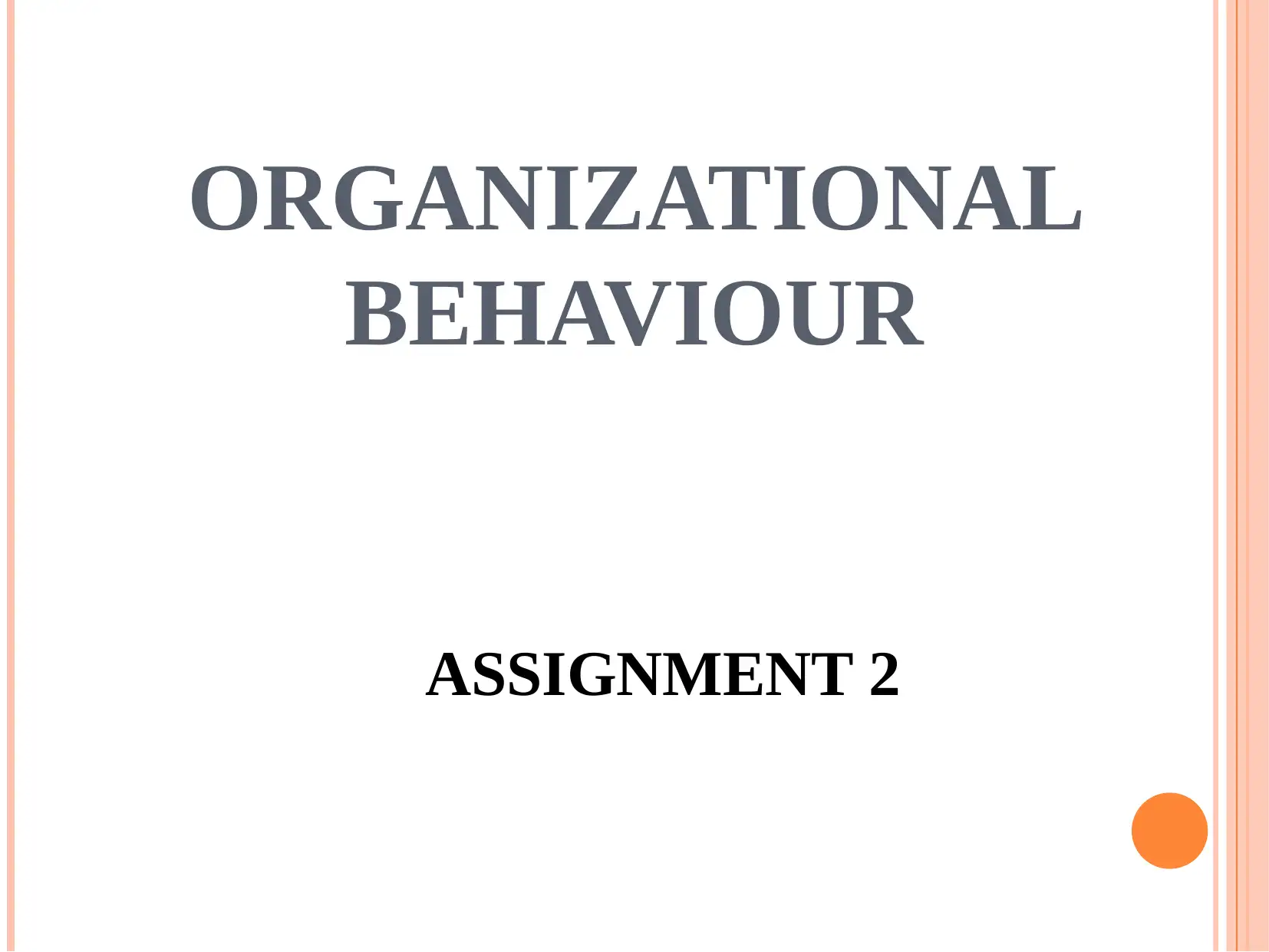
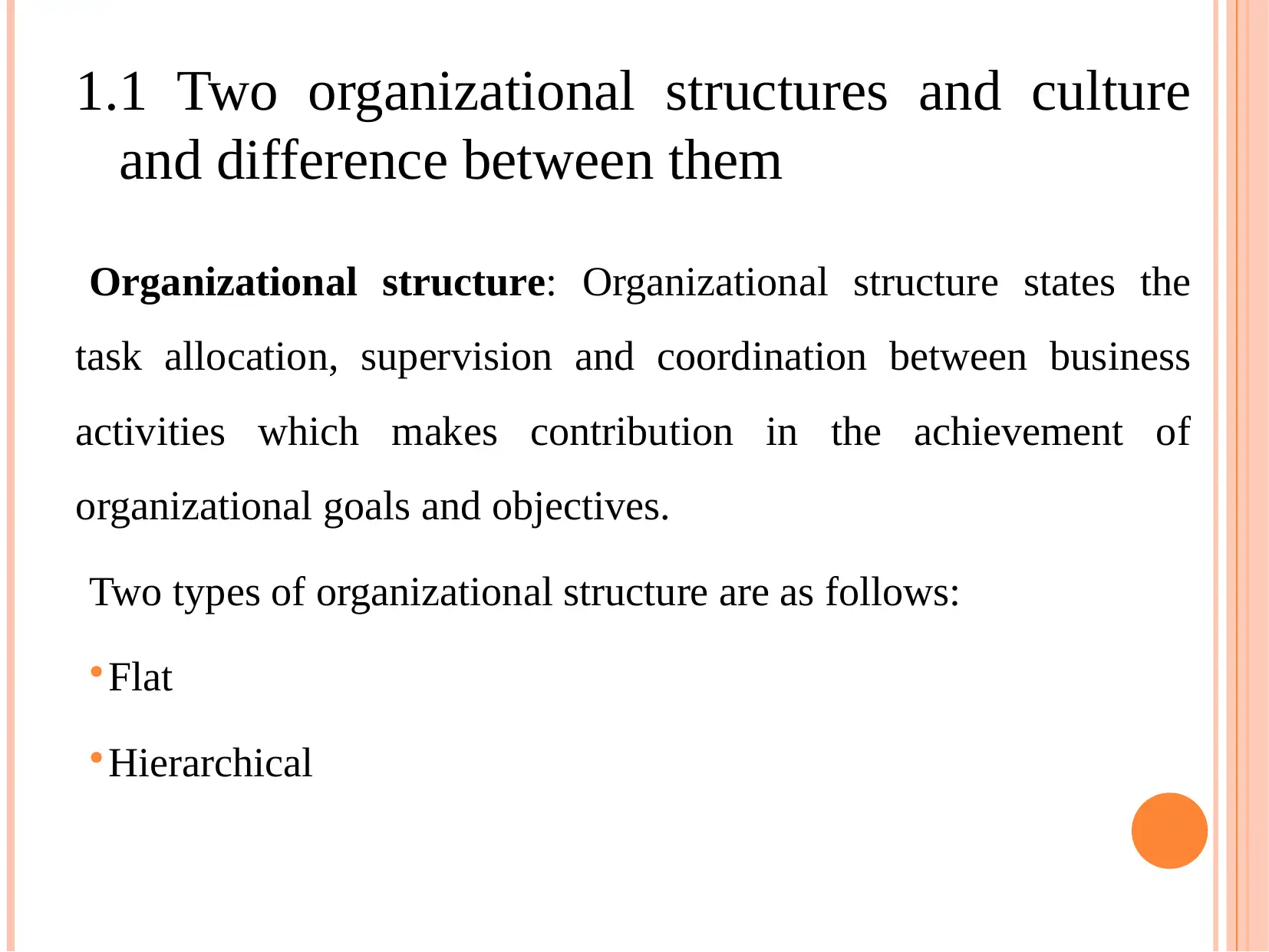
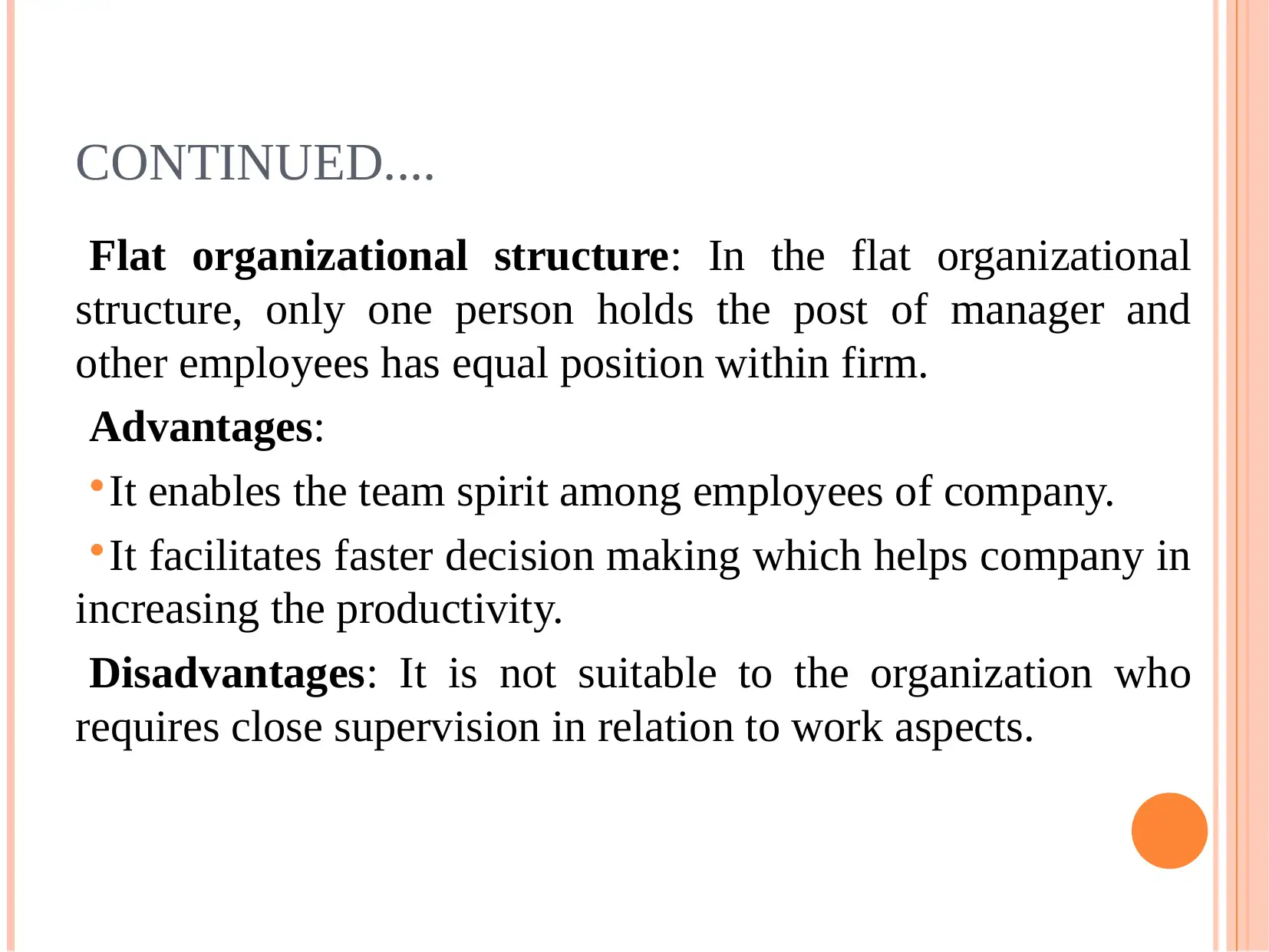

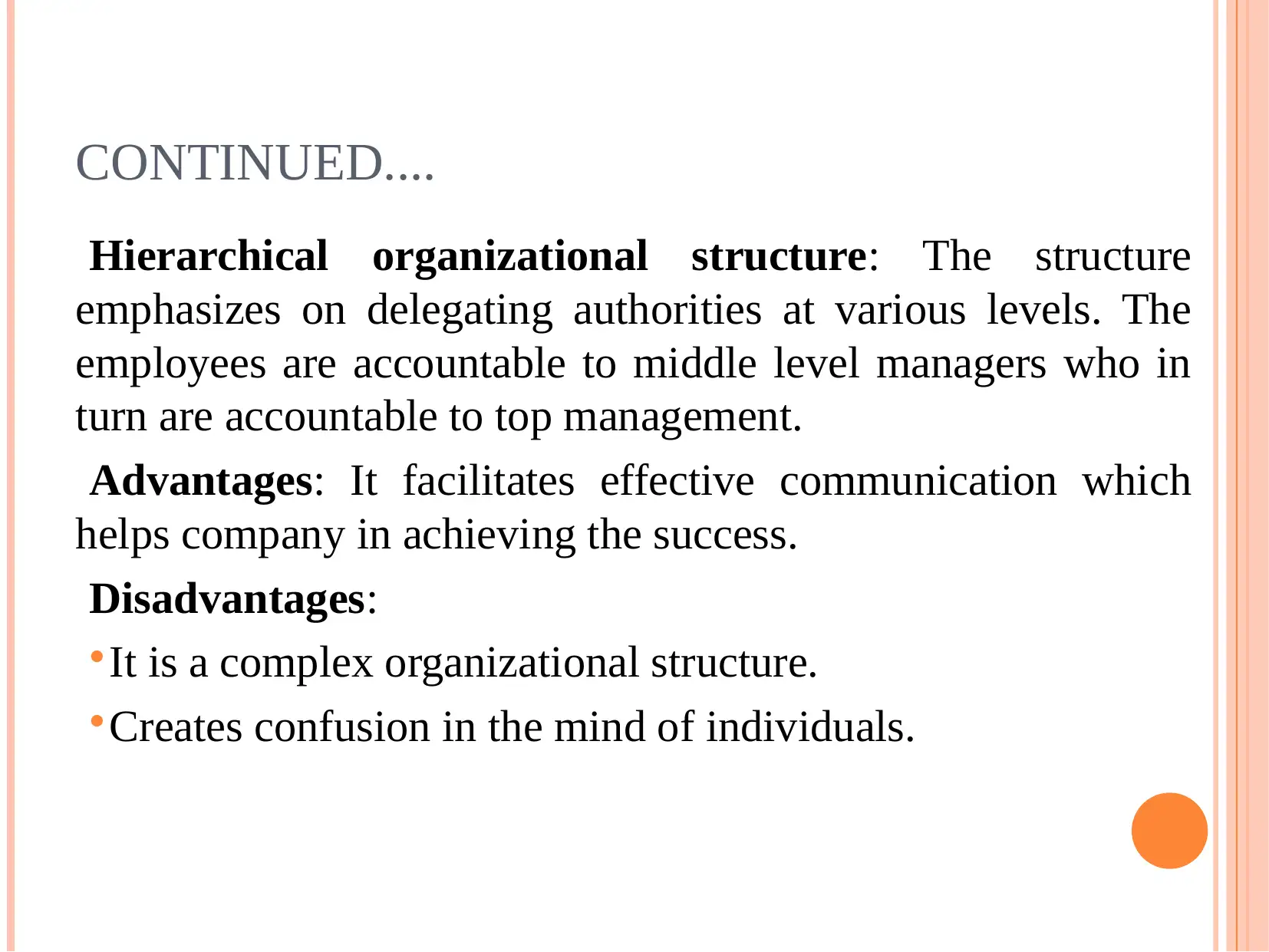
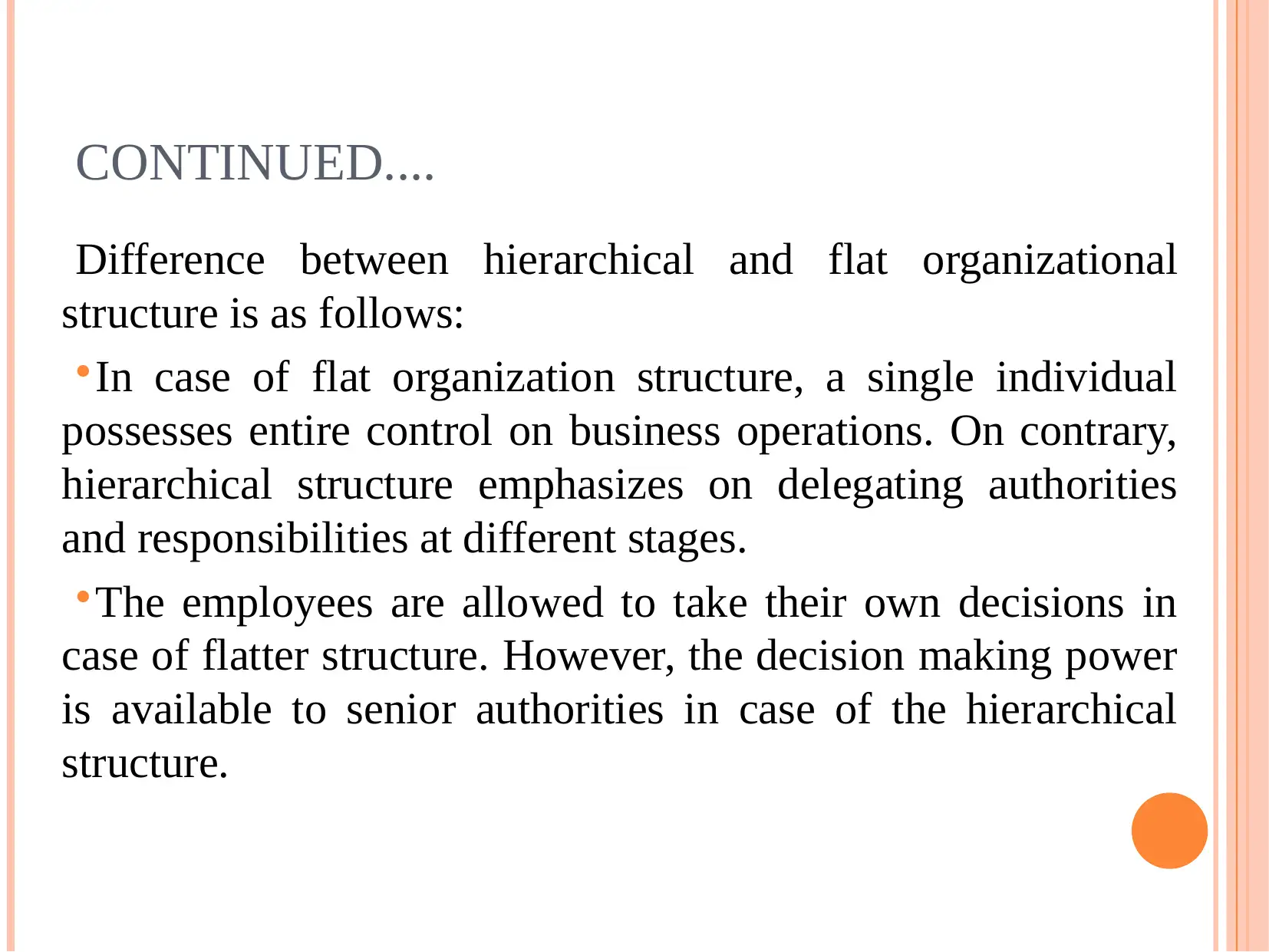
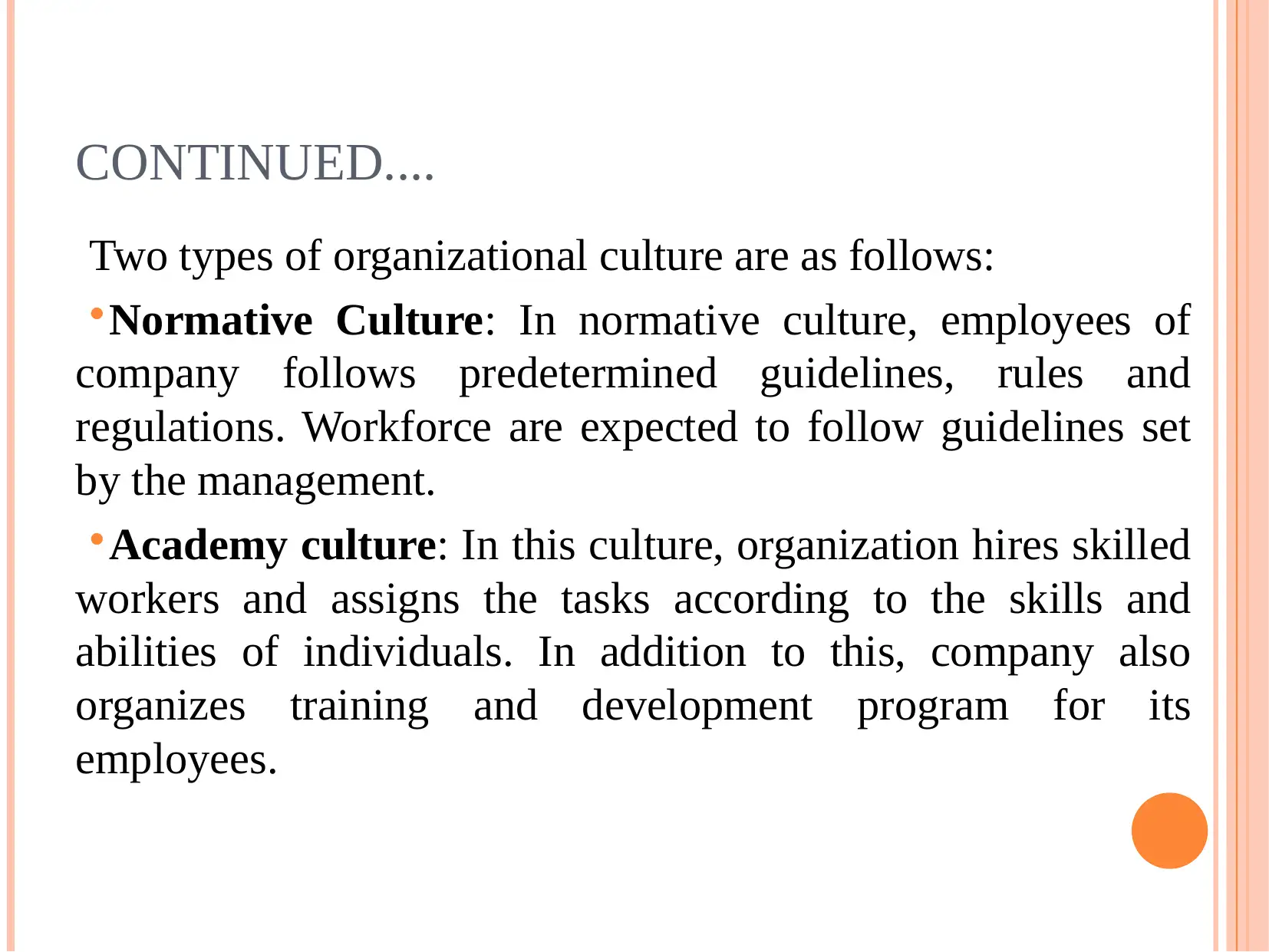
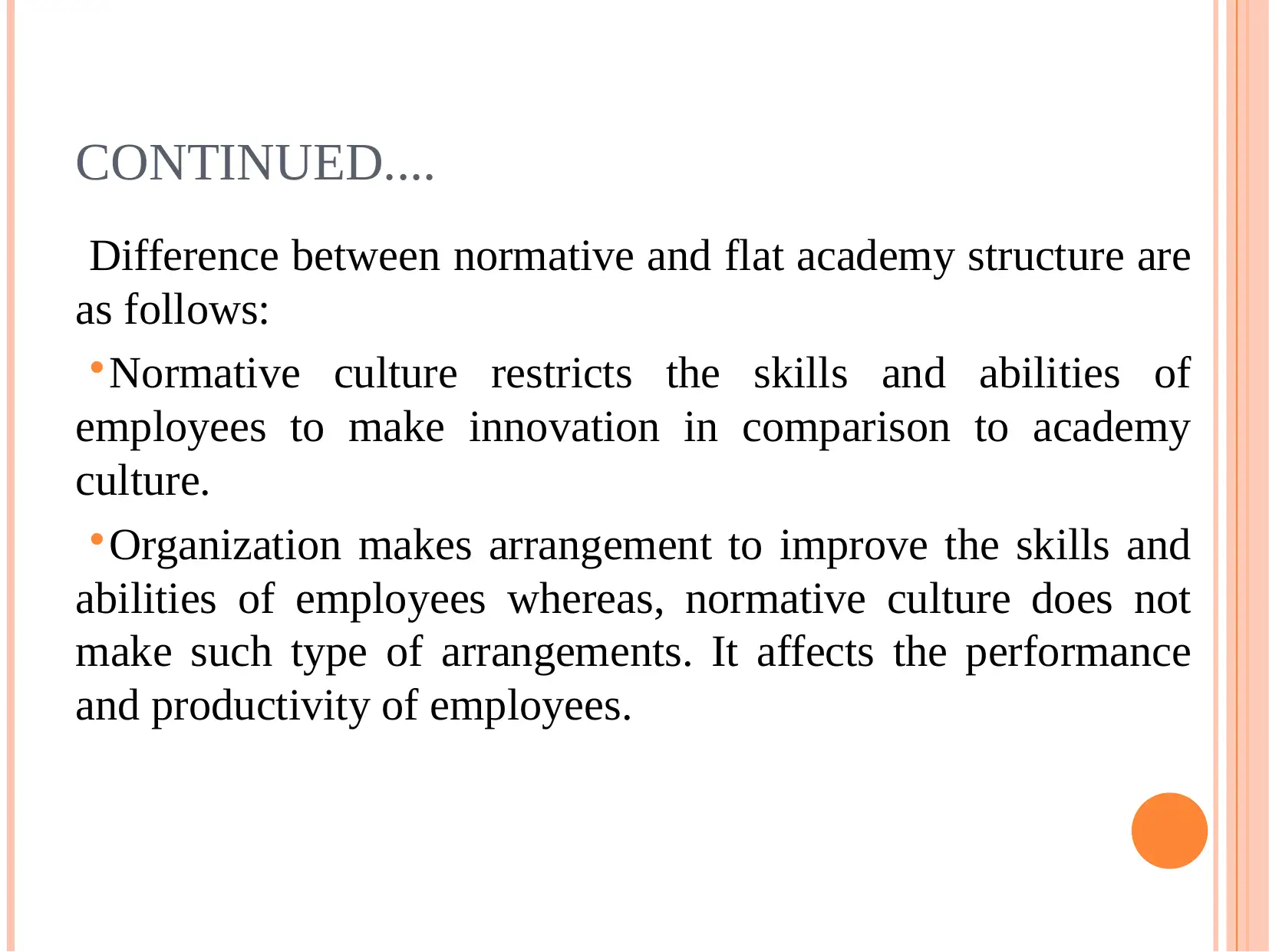
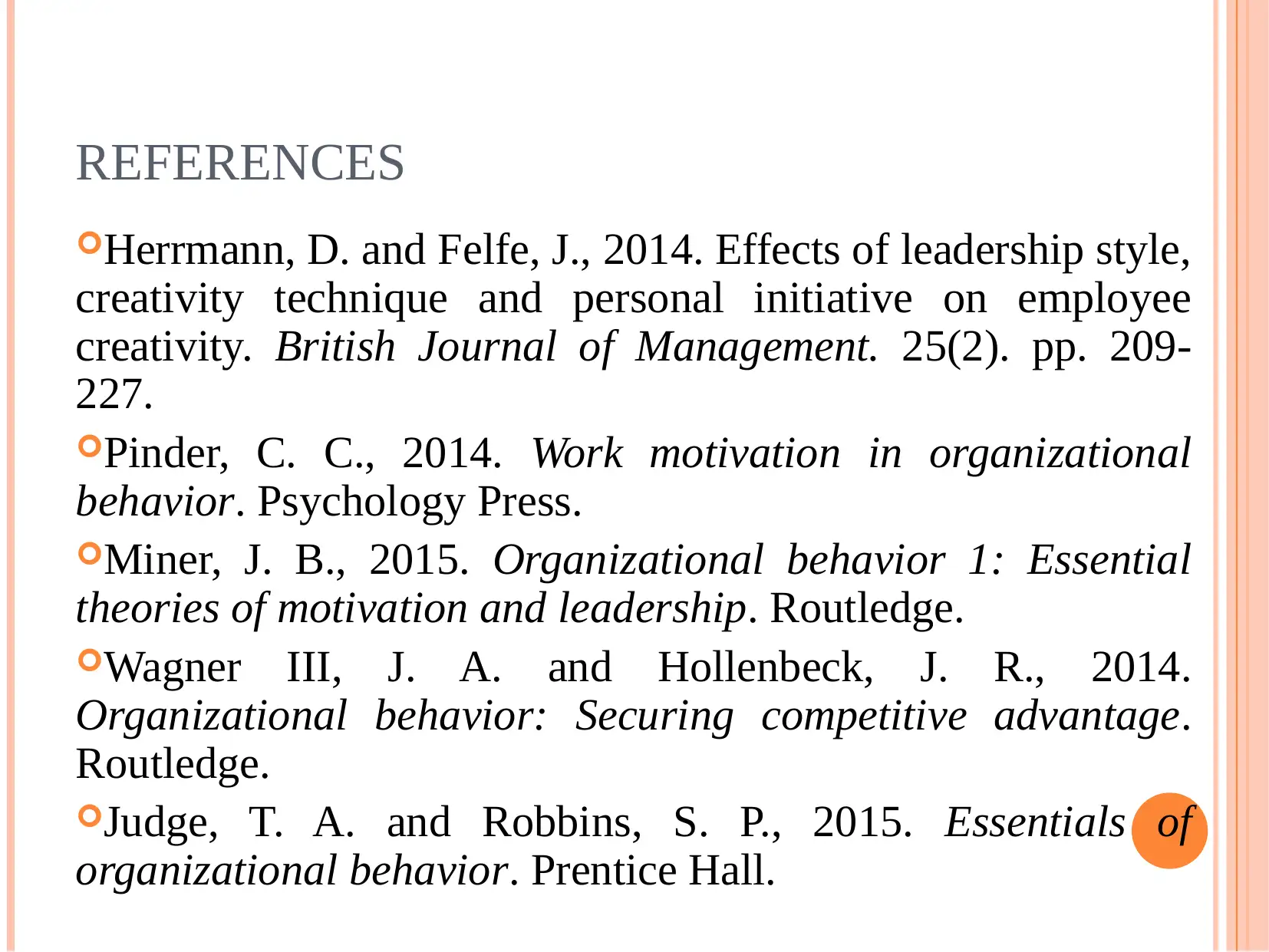






![[object Object]](/_next/static/media/star-bottom.7253800d.svg)